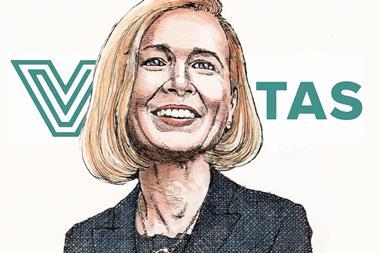GERMANY - The number of German occupational pension funds hedging interest risk has increased year-on-year, according to a survey by Towers Watson, which also found that more investors are now worried about interest risk than inflation.
Currency risk was hedged by more than half of respondents to the consultancy's pensions risk management survey, ranking highest of the three risk assets investors can insure against, although 76% of respondents cited regulatory change as a risk to future returns.
Nigel Cresswell, head of investment consultancy at Towers Watson Germany, noted that financial market, interest rate and inflationary risk would be growing concerns given the current climate.
"Dynamic approaches through asset-liability management, continued growth of risk management and stronger diversification of investments can help companies to navigate the uncertainties present in capital markets," he said.
As the schemes reduced exposure to European periphery countries, risk budget was refocused, with corporate bonds and emerging market equities becoming increasingly popular among respondents.
Cresswell said the survey also found an increased interest in dynamic asset allocation approaches, with nearly 40% of companies having implemented such changes for its German pension fund, while 28% were considering such a change in the near future.
"They are reacting to the increased uncertainty and higher volatility in the markets," Cresswell said. "They can therefore react more quickly and flexibly to any market developments that may in the middle and long term endanger their investment goals."
Almost all respondents had already undertaken steps to diversify investments or intended to do so in the near future, with property investments up by 2 percentage points to account for 6% of all assets.
While the funds have increased their allocation to equity by 5 percentage points to 21% year-on-year, Towers Watson said this was still less than the global average of 30% for pension schemes, reflecting Germany's relatively conservative approach.
Despite the ongoing sovereign debt crisis, bonds still accounted for the majority of invested assets, claiming a 59% share - with Cresswell noting some exceptions.
"Government debt remains a large part of the asset allocation strategy, but is limited to those with best quality," he said. "Exposure to European peripheral states was consciously reduced by those responding to the survey."
The shift away from European debt was offset by increased emerging market debt exposure, now accounting for 9% of fixed income investments.












No comments yet